What is PRK?
Surgery on the eye surface
PRK (photorefractive keratectomy) was the first laser eye surgery method, invented in the late 1980s. Thousands of patients were treated with PRK before the invention of > LASIK. PRK continues to be an option for people with mild nearsightedness (myopia), farsightedness (hyperopia), and > Astigmatism.
Some people choose PRK over LASIK, despite the longer recovery period and discomfort after surgery, to avoid the flap. The ‘flap’ refers to a thin, hinged layer of the upper corneal tissue that is folded back during LASIK in order to access the underlying corneal tissue for ablation with an excimer laser. After the ablation, the flap is replaced.
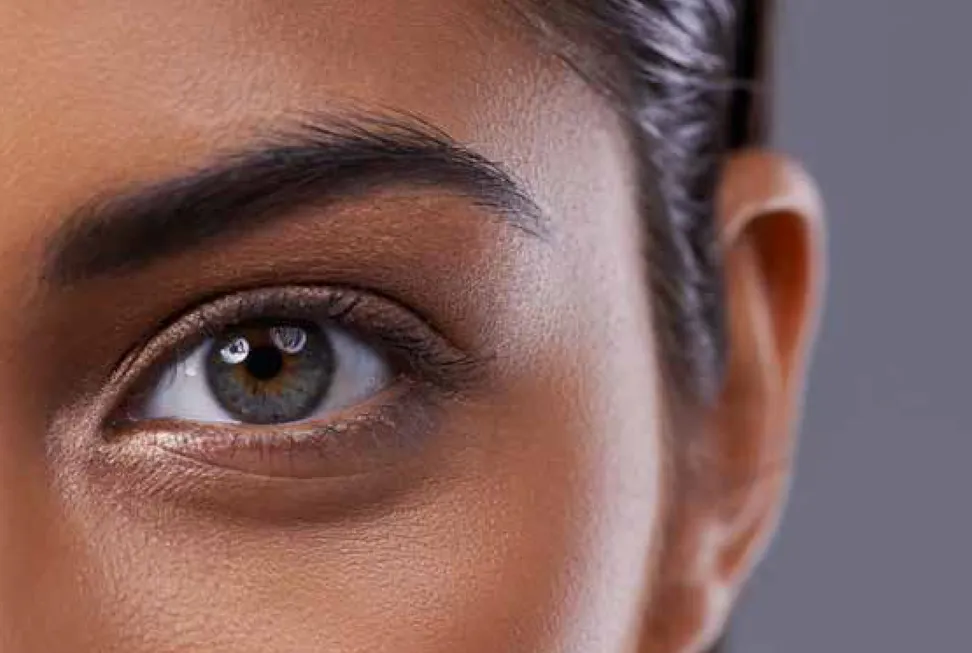
How does PRK work?
With PRK surgery the outer top layer of cells (epithelium) on the eye is completely removed with an alcohol solution to expose the sub-layer of the cornea to the laser.
PRK surgery makes use of an excimer laser – an ultraviolet laser used in eye surgery to remove corneal tissue by ablation. When the top layer of the cornea is exposed, the excimer laser reshapes the front of the eye so that light passing through is focused properly onto the back of the eye.
Finally, a protective bandage lens is placed over the eye until the epithelium grows back, usually within a few days. Full vision recovery takes approximately one month or longer, and is longer than alternative laser vision correction methods.
Benefits
PRK procedure offers some advantages in comparison to other treatment options:- Increased eligibility: This procedure can also be suitable for thinner corneas. PRK only removes the very top outer layer of the eye leaving the maximum amount of remaining tissue for the laser to shape.
- No flap complications: Possibilities of flap-related complications during and after surgery are eliminated with PRK, and there is no risk of flap displacement.

Preparing for surgery
Before and on the day of surgery
Before the surgery patients are usually directed by their doctor to:
- Stop wearing hard contact lenses for at least four weeks and soft lenses for two weeks before surgery, because they may interfere with preoperative diagnostic tests.
- Don't make-up, perfume or lotion the day before and on the day of the procedure. These products may leave debris around the eye and eyelashes, which increases the chance of infection.
- Arrange for alternative transportation directly after the surgery and possibly for the next few days following surgery.
ZEISS PRK Procedure
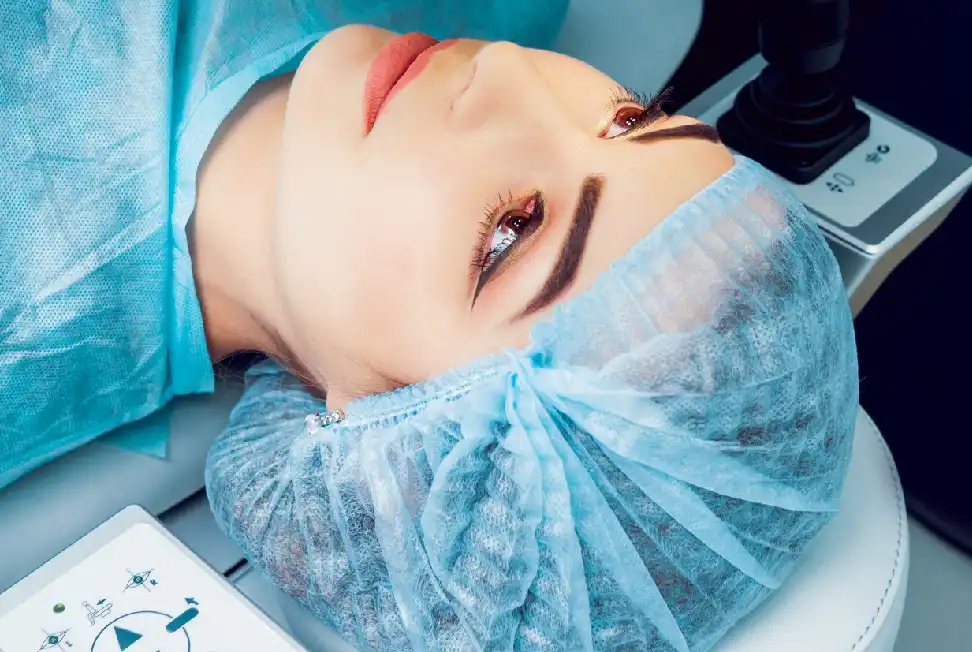
Numbing the eye
To reduce pain during the surgery, anaesthesia drops are given to numb the eye. An eyelid holder is used to prevent the eye from blinking during surgery.
Dissolving the epithelium
The doctor applies an alcohol solution to loosen the epithelium.
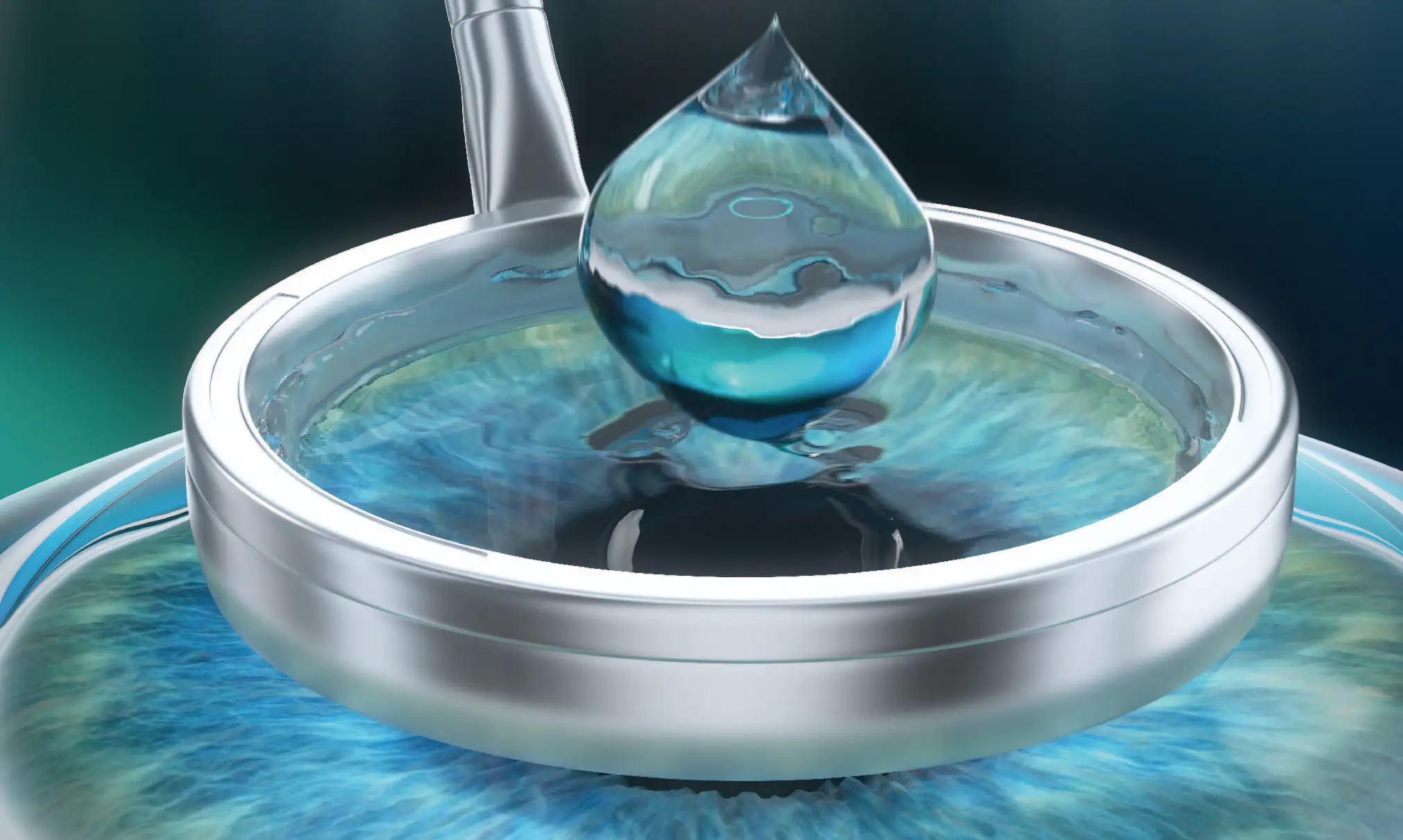

Removing the epithelium
The epithelium is removed with a special instrument. In PRK, this layer will be completely removed.
Reshaping the cornea
An excimer laser will sculpt the corneal tissue based on the eye structure. The new shape of the cornea will correct how light travels through the cornea to enable sharp vision.
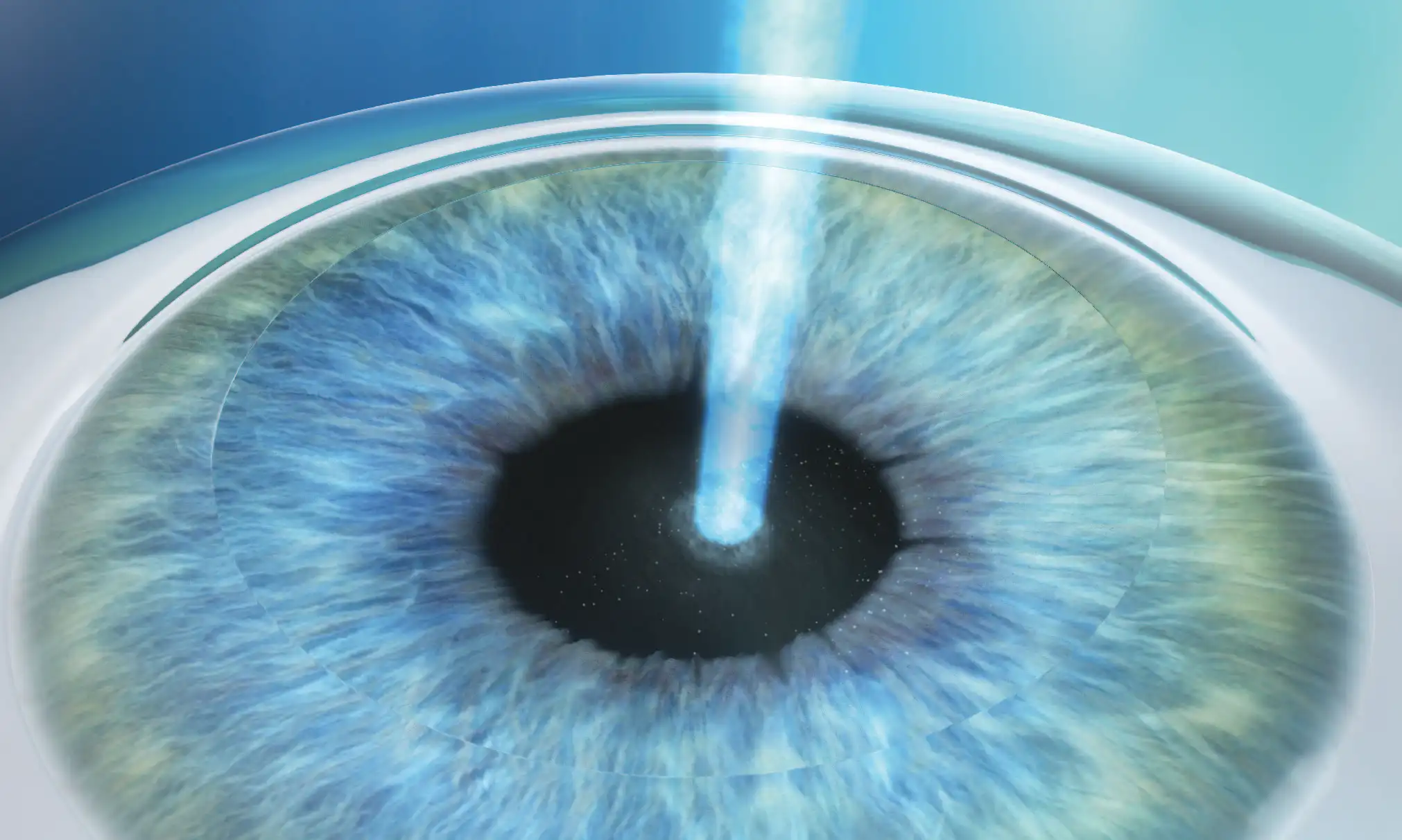
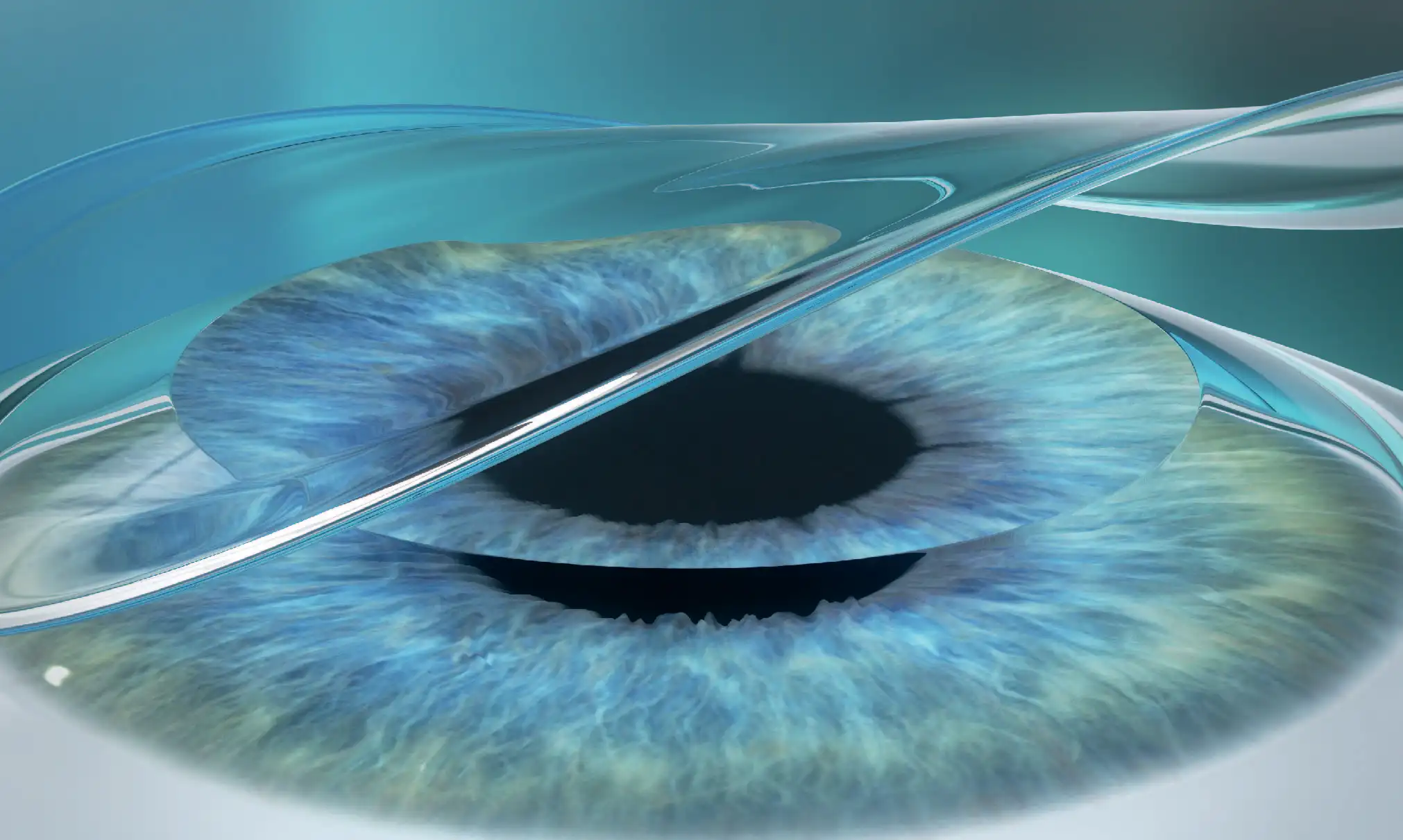
Bandage contact lens
A few drops of a soothing and rinsing fluid are put on top of the cornea after the laser intervention. After the surgery, the doctor will insert a bandage contact lens to support healing and comfort.
After the ZEISS PRK surgery
After surgery, it is recommended to:
- Use eye drops for a few days following the surgery to help prevent infection and alleviate dryness.
- Avoid strenuous contact sports for at least one week.
- Not rub the operated eye, rest and to not overexert yourself.
- Wear an eyepatch while sleeping for a week to avoid further irritation.
- Refrain from working during the first week.
- The eye may feel uncomfortable, gritty and itchy at times after surgery. It normally takes the eye 4 to 5 days to grow back a new layer of cells. After that, your doctor will remove the bandage contact lens. Vision takes about a month to stabilise. Patient’s typically require a check-up one day and 4-5 days after surgery. Afterwards, patient’s usually require a one-month follow-up exam.
Potential side effects
No surgical intervention is completely free of risks and side effects. Your ophthalmologist can highlight potential risks and will decide whether you are eligible for surgery.
Since the PRK technique is characterised by the application of the laser on the surface, haze or scarring is one of the more significant complications. Haze causes the patient’s cornea to appear slightly milky. It is usually not permanent and can be treated with eye drops.
Frequently Asked Questions
What is the difference between PRK and LASIK?
There are two big differences between these types of laser eye surgeries.
With PRK the inner layers of the cornea are exposed. The doctor applies an alcohol solution to loosen the epithelium, which is completely removed in this procedure. The doctor then applies the excimer laser, an ultraviolet laser used in eye surgery, to remove corneal tissue by ablation. During PRK, this is done at the exposed top layer of the cornea.
With LASIK, a flap is cut with a mechanical device or a laser, folded back for surgery, and then repositioned when surgery is complete. The layer of corneal tissue ablated in LASIK occurs in the stroma, a sublayer of the cornea.
The second difference is the recovery time and patient experience. LASIK patients typically have a much shorter healing period with less discomfort.
I have thin corneas. Does this mean I should get a treatment with PRK over SMILE® or LASIK?
The surgery most suitable for you also depends on your prescription and other pre-existing conditions – such as dry eye syndrome. If you are ineligible for LASIK, a possible solution could be either PRK or SMILE®. Both applications might be alternatives for those with thin corneas or more severe cases of myopia. Candidates also include those who may be at a high risk for flap complications (e.g certain jobs, sports and hobbies that are strenuous or involve contact). Your eye doctor will be able to recommend the best laser eye surgery procedure for your individual case.
